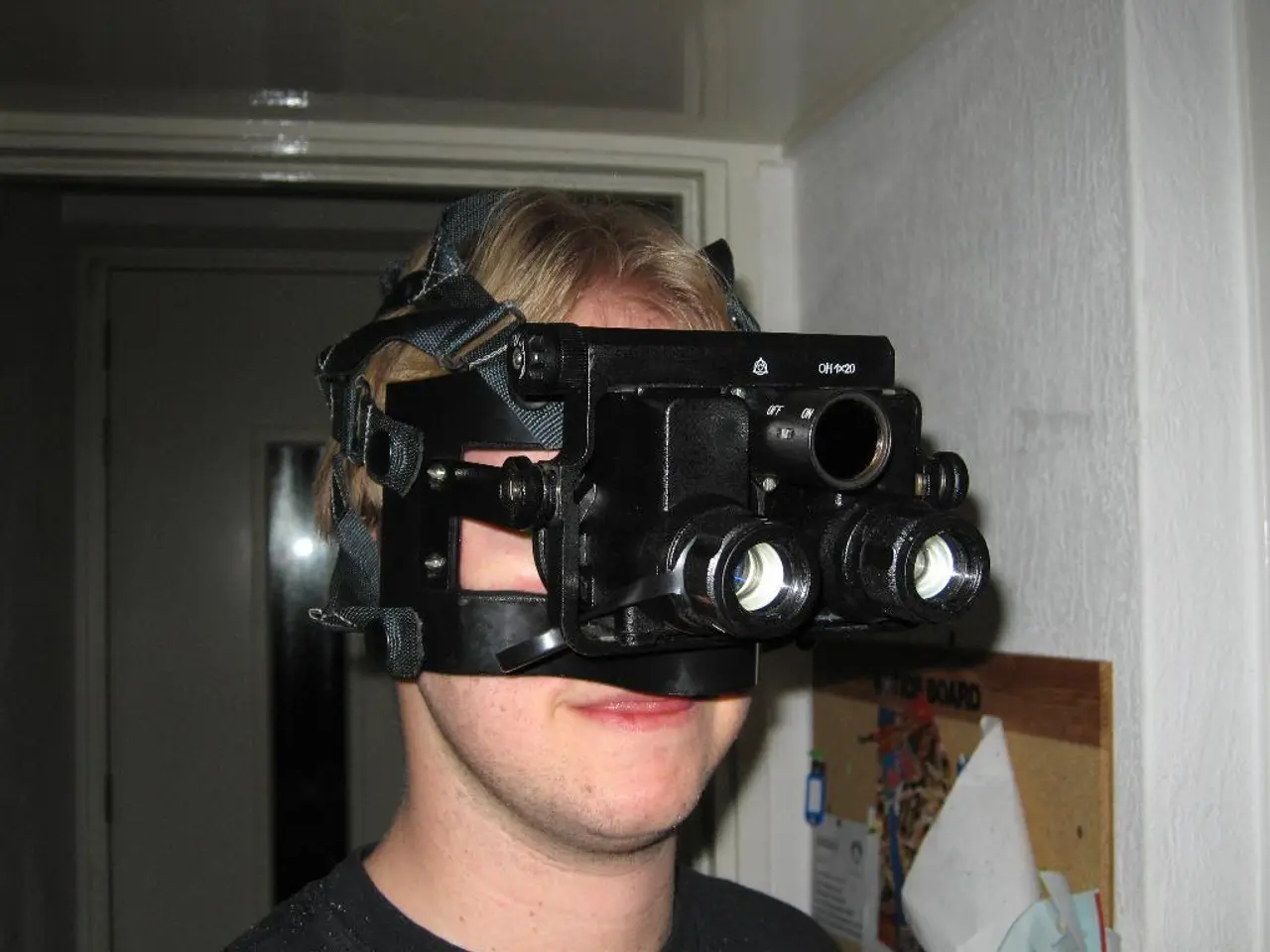Exploring Applications of Virtual Reality in the Financial Sector: A Look at 10 Significant Use Cases
Virtual Reality (VR) technology is making a significant impact on the finance industry, offering new opportunities for innovation and growth. This technology is being employed in various sectors, including customer service, retail, and banking, to enhance customer experiences, automate routine queries, and reduce friction in service delivery.
Retail and Customer Service Sectors
In the retail and customer service sectors, VR technology is being used to create more personalized and interactive experiences for customers. For instance, the IKEA VR Experience allows customers to walk through and interact with fully furnished virtual rooms, visualizing furniture in realistic home settings before purchase. This innovation significantly reduces product return rates by ensuring customers know exactly what they are getting.
Retailers are also leveraging AI-enhanced VR environments to create virtual sales assistants that remember customers’ past preferences and suggest relevant products. This personalized approach boosts engagement and conversion rates while reducing returns for apparel and home goods. Brands like L’Oréal and Sephora are using AI-powered augmented reality (AR) apps to let customers try on makeup virtually, enhancing personalized customer experiences without physical product interaction.
Banking Sector
The banking sector is also embracing VR technology to improve customer service. TMBThanachart (ttb) has developed a virtual assistant named "Yindee" using Microsoft Azure OpenAI services. This AI assistant supports both Thai and English, answering customer queries, and has reduced physical customer contacts by 10%.
Capital One’s Eno is an AI-powered virtual assistant used for personal banking services, assisting customers with various tasks including fraud prevention and transaction monitoring. The European Bank has deployed an AI-based chatbot to handle complex customer service requests in real-time across seven languages, increasing customer retention by 20%.
UBS, Virgin Money, and other financial institutions are using VR technology to streamline content access and provide real-time client information, enhancing operational efficiency and customer engagement.
Insurance and FinTech Innovation
VR technology can also be used to enhance insurance products by creating virtual scenarios that enable customers to better understand the benefits of different insurance products. This technology has the potential to transform the way financial institutions operate, providing immersive experiences for customers to interact with financial products and services.
Virtual reality is impacting FinTech innovation by enabling the development of more immersive and interactive financial products and services. It provides a more intuitive way of visualizing complex financial data and allows FinTech companies to gain deeper insights into customer behavior and market trends.
Security and Training
While cybercrime is a primary concern when implementing VR technology in financial institutions, voice recognition technology can be used to verify the identity of individuals during financial transactions, enhancing security. VR technology can also be used for training and development in the banking industry, enabling employees to practice real-life scenarios in a safe and controlled environment.
Fidelity Labs, the innovation arm of Fidelity Investments, launched a VR prototype in 2017 that allows customers to view their portfolio in a 3D environment. Mastercard launched a VR-based payment system in 2019 to enhance the security of online payments and reduce fraud.
In conclusion, the integration of VR technology is actively transforming customer experiences in retail and banking by personalizing interactions, automating routine queries, and reducing friction in service delivery. Companies like D6 VR, a subsidiary of The Glimpse Group, are pioneering in the field of 3D data visualization, offering numerous practical applications in the financial sector, including financial data visualization and analysis, training, and development.
- In the realm of banking, VR technology is utilized to create virtual assistants, such as TMBThanachart's Yindee, which answers customer queries and has led to a reduction in physical customer contacts by 10%. This technology is also applied in the FinTech sector to develop more immersive and interactive financial products, enabling FinTech companies to gain deeper insights into customer behavior and market trends.
- Further, VR technology is being used to revolutionize the insurance industry by creating virtual scenarios that allow customers to better understand insurance products, and it can improve the security of financial transactions with voice recognition technology. Companies, like D6 VR, are pioneering 3D data visualization, offering applications in the financial sector, including financial data visualization and analysis, training, and development.




